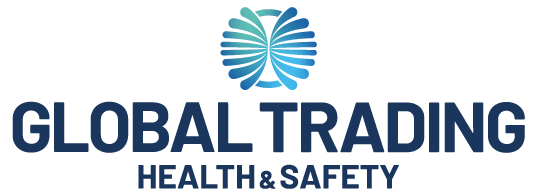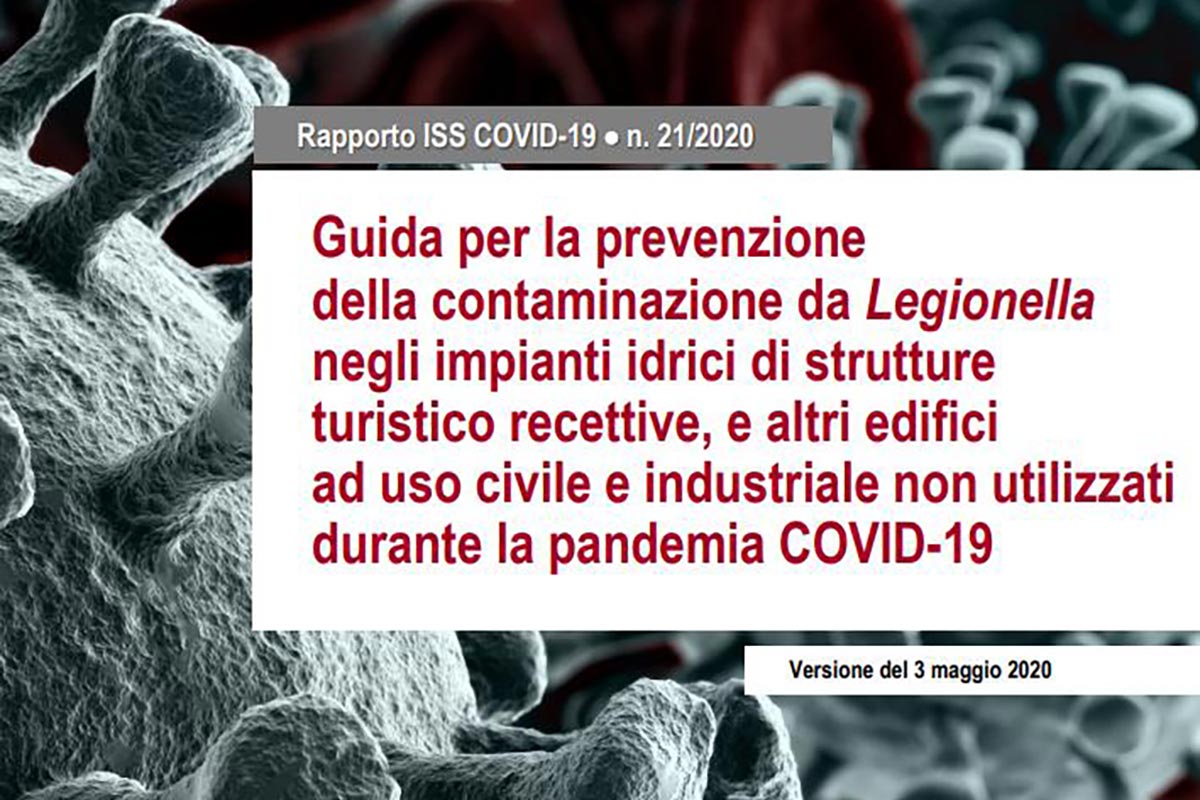Quarantine and lockdown forced systems and facilities to shut down for almost two months, resulting in potential increases in the risk of uncontrolled proliferation of Legionella pneumophila and other pathogens due to increased stagnation in water systems.
To this end, the Italian National Institute of Health (ISS) published a technical overview dedicated to tourist accommodation, whose application can also be extended to all industrial and public sector contexts, for the prevention of Legionella contamination through technical/operational instructions to be followed on systems before recommissioning, always starting from the legislative framework provided by Italian Legislative Decree 81/2008 and Ministerial Decree of 14 June 2017 as a benchmark, as well as the standard Prevention Protocol.
Some relevant extracts are published below. You can read the full version (in Italian) directly on the ISS website at this link.
[…]The closure of buildings or parts thereof, their limited use or the adaptation/construction of buildings to house patients or contacts of quarantined cases resulting from the COVID-19 pandemic, if not appropriately managed, could increase the risk of Legionella growth in water systems and associated equipment. Some authors reported that 20% of COVID-19 patients had presumably contracted a co-infection of Legionella pneumophila, testing positive for specific IgM antibodies against Legionella.[…] […]These instructions supplement the routine prevention and monitoring measures to contain the proliferation of Legionella in systems provided in the national guidelines including in compliance with Italian Legislative Decree 81/2008, which lays out the obligation for employers to assess the Legionella risk to both workers and any other person visiting the workplace.[…]
For systems shut down for less than a month, or in any case used, thereby ensuring a minimum periodic flow of water from taps and showers, the normal monitoring/inspection routine shall be applied, in addition to an update of the risk assessment in relation to the reduced use.
For systems closed for over a month, on the other hand, the following extraordinary inspection measures must be performed before reopening:
- verification of full system circulation, with T in the tank of >60°C and in the recirculation system of >50°C;
- check that the output at the terminal reaches 50°C within one minute of opening for DHW and <20°C within one minute of opening for DCW;
- cleaning and descaling of all terminals (taps and showerheads);
- monitoring of residual free chlorine values (recommended 0.2 mg/l; values greater than 1-3 mg/l could affect potability);
- check that disinfectant levels are reached at all inspection points and low-use points;
- extend the verification procedure for at least 48 hours and take test samples;
- if the samples taken show negative results, the system can be reopened.



Leave A Comment
You must be logged in to post a comment